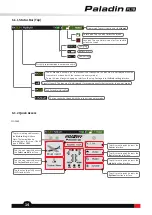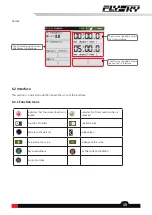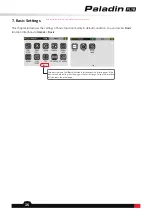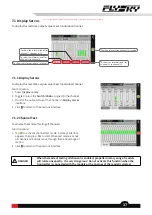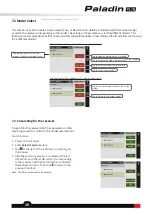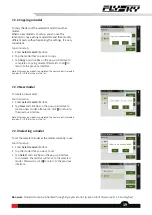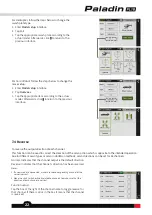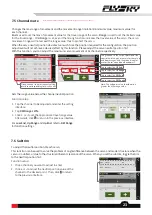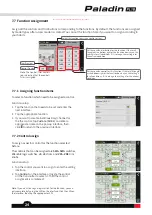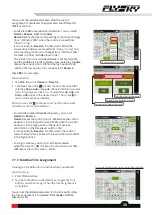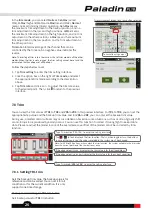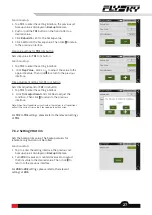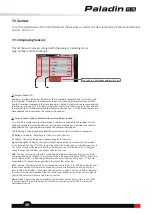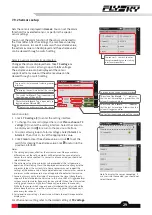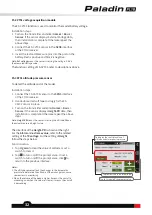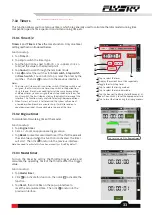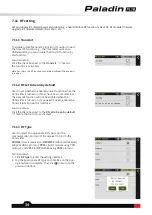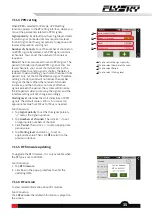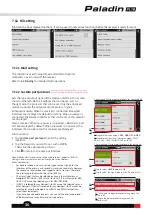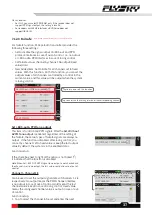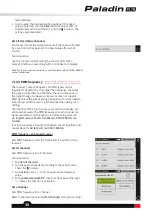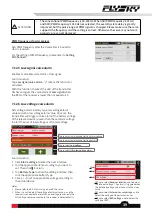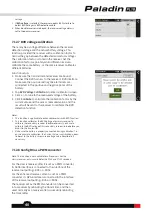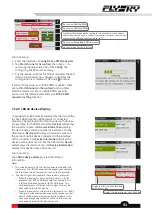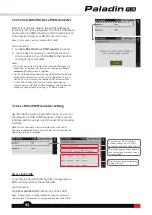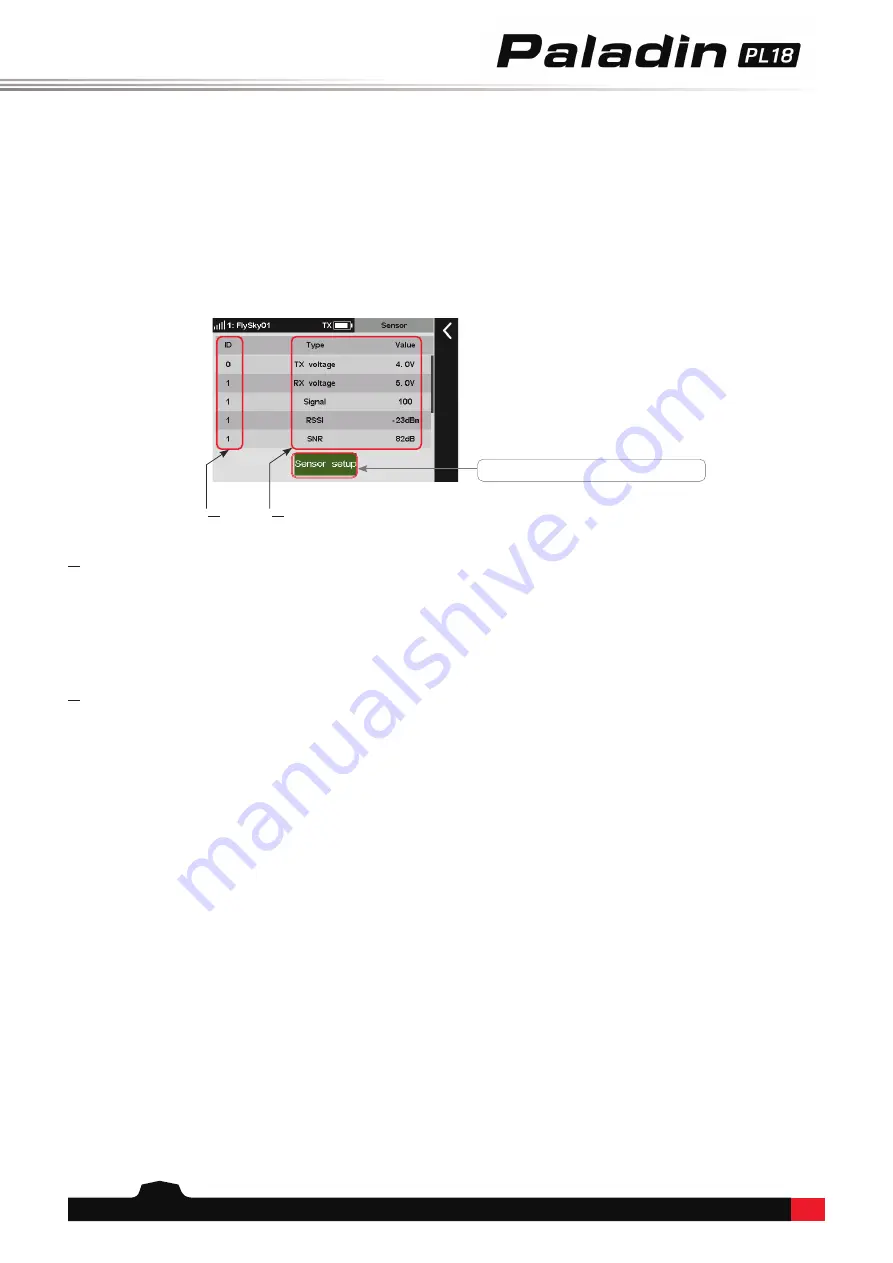
28
7.9 Sensors
To set the related data of the transmitter and the receiver, as well as the data returned by internal and external
sensors, and so on.
7.9.1 Displaying Sensors
⑴ Display Sensor ID
To display numbers of sensors. By default, the ID number 0 represents the transmitter, and
the ID number 1 represents the receiver or the primary receiver(two receivers connected).
And for D number 2 represents the slave receiver or the the first external sensor connected to
the receiver, and so on. This list data is displayed in real-time. When a sensor is connected to
the receiver, this list will be refreshed to display the new sensor’s ID. And when the sensor is
disconnected, the ID related to this sensor will disappear.
⑵ Display Sensor Type and information returned from receiver
This list data is displayed in real-time. When a sensor is connected to the receiver, this list
will be refreshed to display the new sensor's type and information. And when the sensor is
disconnected, the type and data related to this sensor will disappear.
The following is the discreptions about the parameters of the transmitter and receiver.
TX Voltage:
To display the voltage for the transmitter's battery.
RX Voltage: To display the power supply voltage for the receiver.
Signal (strength)
: To display the signal strength between the transmitter and the receiver.
It is calculated by using SNR. The signal strength will be displayed as a value between 0 and
100. In the same environment, the farther the distance, the smaller the value. If the signal
strength drops to 4 or below, the system will alert the user.
SNR
: The signal-to-noise ratio refers to the decibel difference between the signal and the
noise received by the receiver. The signal-to-noise ratio equals the data of RSSI subtract the
data of Noise, which is a decisive parameter in the overall quality of the signal. If the SNR
drops below 11, reduce the range quickly to prevent loss of control.
RSSI
: indicates the power of the signal received by the receiver. 0 to -40 dBm: Indicates that
the distance between transmitter and receiver is close and the communication quality is
best. -40 dBm to -85 dBm: The communication quality is good. Less than -85 dBm: Indicates
that there is an obstacle between the transmitter and receiver or the distance is far. Please
shorten the control distance to avoid losing control.
Noise
: Noise is generated due to interference from other nearby transmitters such as WIFI.
In places where there are too many transmitters, excessive noise will affect the remote-
controlled distance.
⑴
⑵
Tap to enter the
Sensor setup
interface.
This list shows all sensors connected to the receiver, including sensor
type, number and real-time data.

